Continuing with our series on the geographic and architectural qualities of Denver’s single-family homes, today we have the 1910s. For previous installments in this series, please use the links below:
1870s (plus series introduction)
1880s
1890s
1900s
The 1910s was Denver’s sixth full decade as a city. From 1910 to 1919, approximately 6,100 single-family detached homes were built in Denver. This represented a drop of about two thousand homes from the previous decade. The “Teens” was a period of relatively slower economic growth for Denver (in addition to WWI). Nevertheless, Denver’s population still climbed from 213,381 in 1910 to 256,491 in 1920, a 20% increase.
Here’s our Denver Neighborhoods Map showing the city’s single-family residential growth in the 1910s. Parcels with single-family homes built during the 1910s that remain in existence today are colored red. Parcels with homes that were built in a previous decade that remain in existence today are colored gray. Click/expand to see images at full size.
As in the previous decades, Northwest Denver continued to grow with a widespread distribution of new homes throughout several neighborhoods, including Highland, West Highland, Berkeley, Sunnyside, and Regis. A smattering of growth continued in West Denver in Villa Park, Barnum, and Valverde.
It was in East Denver and South Denver where more concentrated clusters of growth were occurring. Park Hill (both North and South) was a real hot spot. The growth in Park Hill is notable considering that closer-in areas like Cherry Creek, Skyland, and City Park were still relatively undeveloped at the time. Park Hill was the “exurbs” of the 1910s, but the growth was fueled by Denver’s expanding streetcar system; the Denver Tramway Company’s Route No. 40 ran along East 23rd Avenue right into the heart of the new Park Hill subdivision.
This is also the decade when the Washington Park neighborhood (east of the park) really took off. Thanks to the Denver Tramway Company’s Routes No. 5 and 9, Washington Park and West Washington Park residents had a streetcar line connecting them to downtown. Back then, the transit lines were often built first (usually subsidized by the developers), then the homes and commercial developments followed. In fact, almost all of Denver’s residential growth during this era was driven by streetcar lines. Now that’s Transit-Oriented Development!
Here’s a 1917 Denver Tramway Company route map showing the clear association between Denver’s growing residential neighborhoods and the streetcar network (scanned image from my personal copy of the exceptional Denver’s Street Railways, Volume II – 1901-1950 by Don Robertson and Rev. W. Morris Cafky, Sundance Publications, 2004).
Here are the 1910s parcels colored in red over a current Google Earth aerial:
Now for the architecture! Thanks again to my collaborator on this project, Mark Zakrzewski, here’s a look at what Denver home builders were building in the 1910s:
In 1893, the Greene brothers (mentioned in our 1900s post) began developing the California Bungalow in Pasadena and it eventually became America’s favorite early 20th Century home. This was the case in Denver as well, as the Bungalow was Denver’s most favored style from 1910-1930. Adaptable to any climate, Bungalows were inexpensive and versatile. They were built in turn-of the century neighborhoods such as Washington Park, Berkeley, Congress Park, and West Highland in particular. This was also around the same time Frank Lloyd Wright began working on a series of homes featuring horizontal lines and wide overhanging eaves which would become known as Wright’s Prairie style.
1. Prairie. Wright’s Prairie style began in Oak Park, Illinois and was one of the few indigenous American styles. The Prairie style exhibits a strong horizontal emphasis and low pitched or flat roofs with overhanging eaves. The home features a band of windows (often embellished with stained or leaded glass) under the eave which is characteristic of the style.
2. Mediterranean Revival. The style is characterized by low-pitched hipped roofs typically with ceramic tiles, arches above doors, first-story windows, and porches. Stucco, masonry, or masonry-veneered walls are almost universal. The style also features bracketed eaves with a decorative tile cornice and second-story balconettes. Tiled door and window arches with wrought iron balconies are distinguishing characteristics.
3. Tudor. The style is more accurately based on a variety of late Medieval English prototypes rather than the characteristics of early 16th-Century Tudor, England for which it is named. Steeply pitched roofs, cross gables, half-timbering over stucco, tall narrow windows with multi-pane glazing ,and massive chimneys are common elements of the style. This home checks all the boxes including the second-story overhang.
4. Foursquare. A high-style Neoclassical version of the Denver Square. The façade is symmetrical with balanced windows and a center door. Dominated by full-facade two-story porch with Corinthian columns, this home is accented with paired chimneys, porch balustrades and full-height pilasters. The wooden doorway has side lights and a transom window.
5. Denver Square. Features a large curvilinear mission style parapet and a decorative cornice with small dentils. Balustrades run along both the second and third story porches and the full-length arcade style porch is accented with scrolls.
6. Colonial Revival. Side-gabled with steeply pitched roof with an eyebrow dormer, this home features polychrome brickwork on the chimney, the base courses, and above the windows affecting an arch. The porch has Doric columns and the doorway is highlighted by sidelights.
7. Colonial Revival. This home features a steeply pitched parapeted roof with paired end chimneys in the Dutch urban tradition. The entry way has a segmental pediment with brick in place of the columns. The through-cornice, Flemish style gables are unusual. Brick is used to affect quoins and again to create segmental arches over the windows.
8. Craftsman. Two-story side-gabled shed roof style with clipped or Jerkinhead gables and a front facing dormer which is also clipped. The full-length front-porch has massive battered columns and exposed woodwork and rafter tails common to the style.
9. Bungalow. A collection displaying the variety among Bungalows: The first is side-gabled with a front-facing dormer and a rolled tile roof, battered columns and exposed rafter tails. The second is side-gabled with a front facing dormer and a porch with decorative wood supports resting on brick piers. The third has a front-facing Jerkinhead gable with a matching clipped gabled front porch with exposed rafter tails. The fourth has multiple side gables with a massive front-facing dormer with exposed rafter tails and a partially enclosed front porch. The fifth is a shed roof, side-gabled style with a shed style front-facing dormer and a full-length front porch with wood Craftsman touches. The sixth is front-gabled with a small gable window, and a distinctive high-style open gable porch resting on battered brick piers.
Up next, the Roaring 1920s!


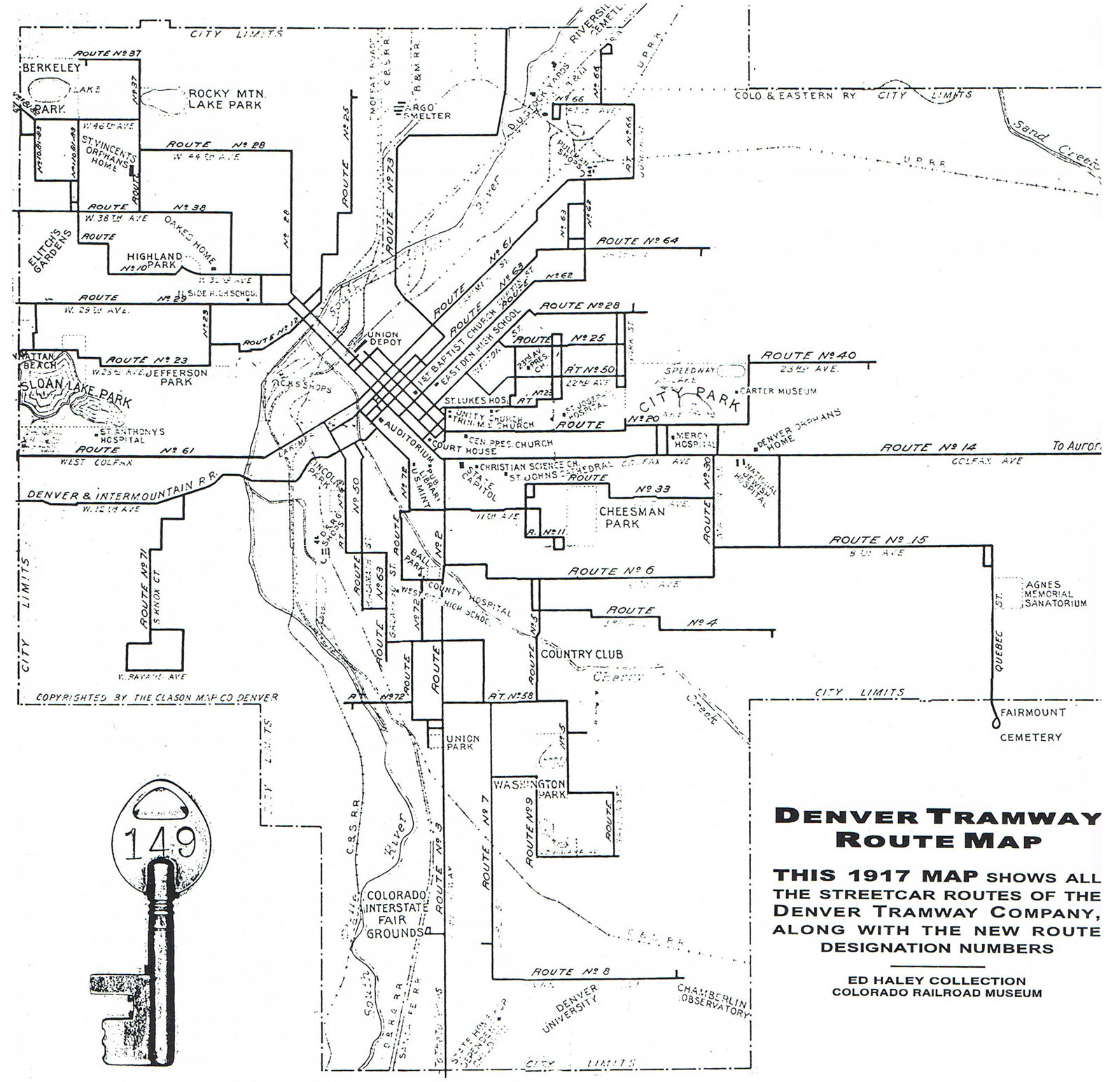
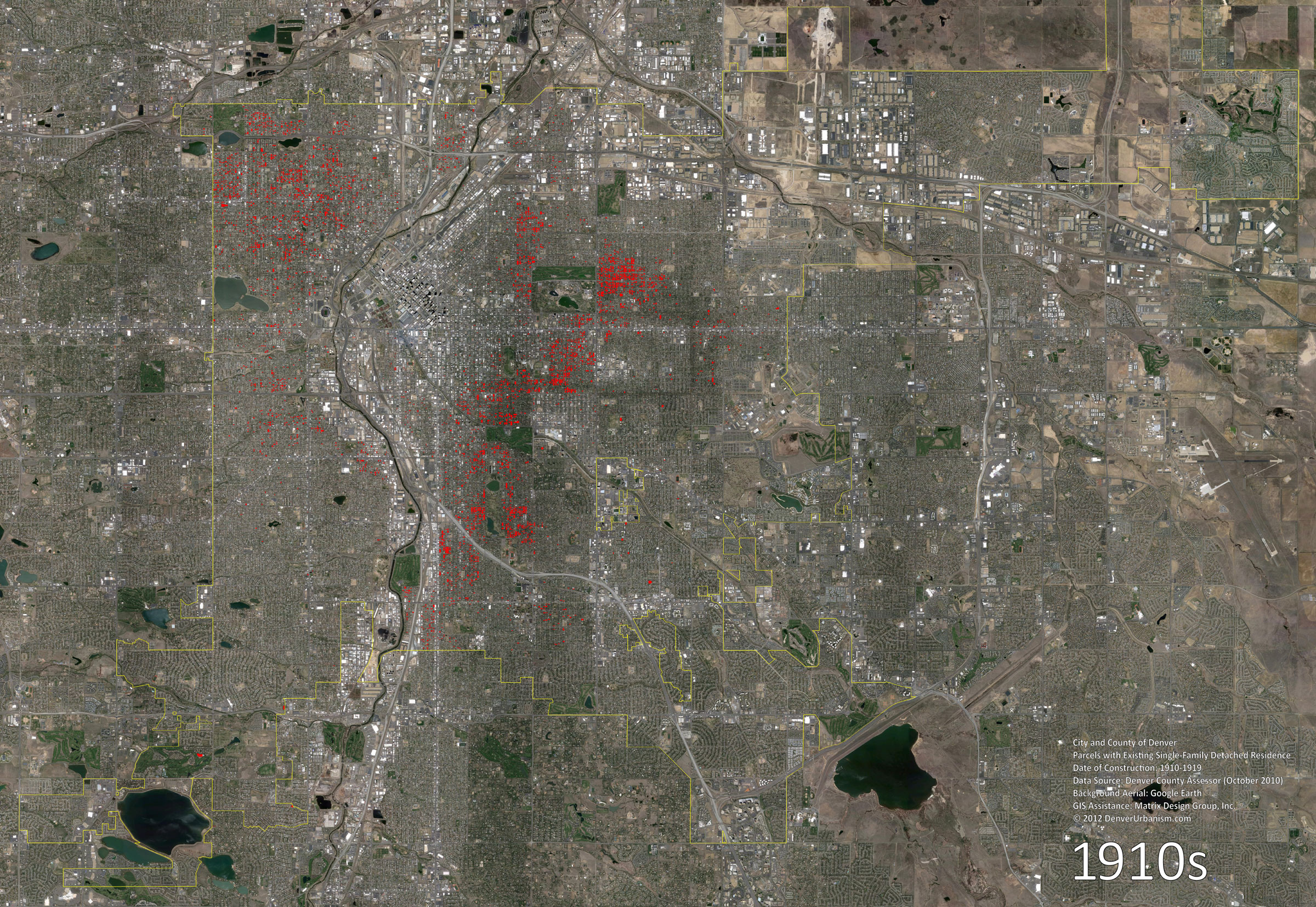




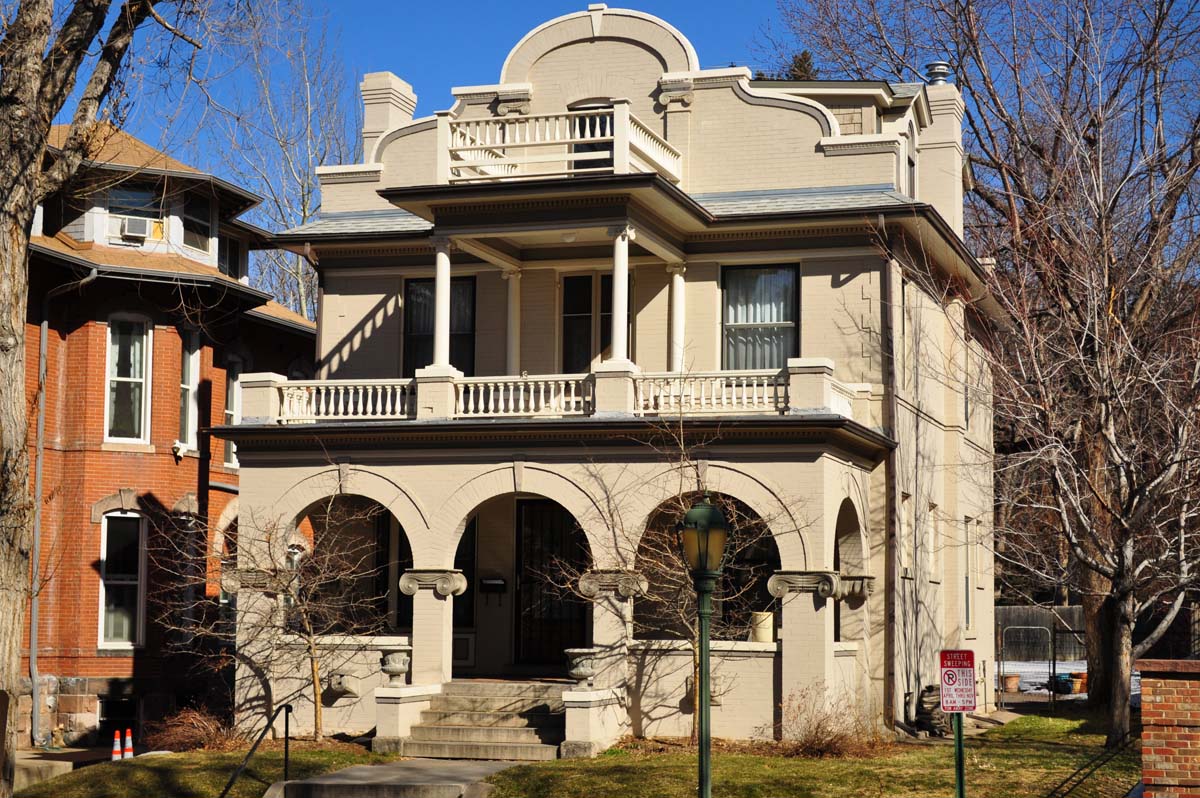
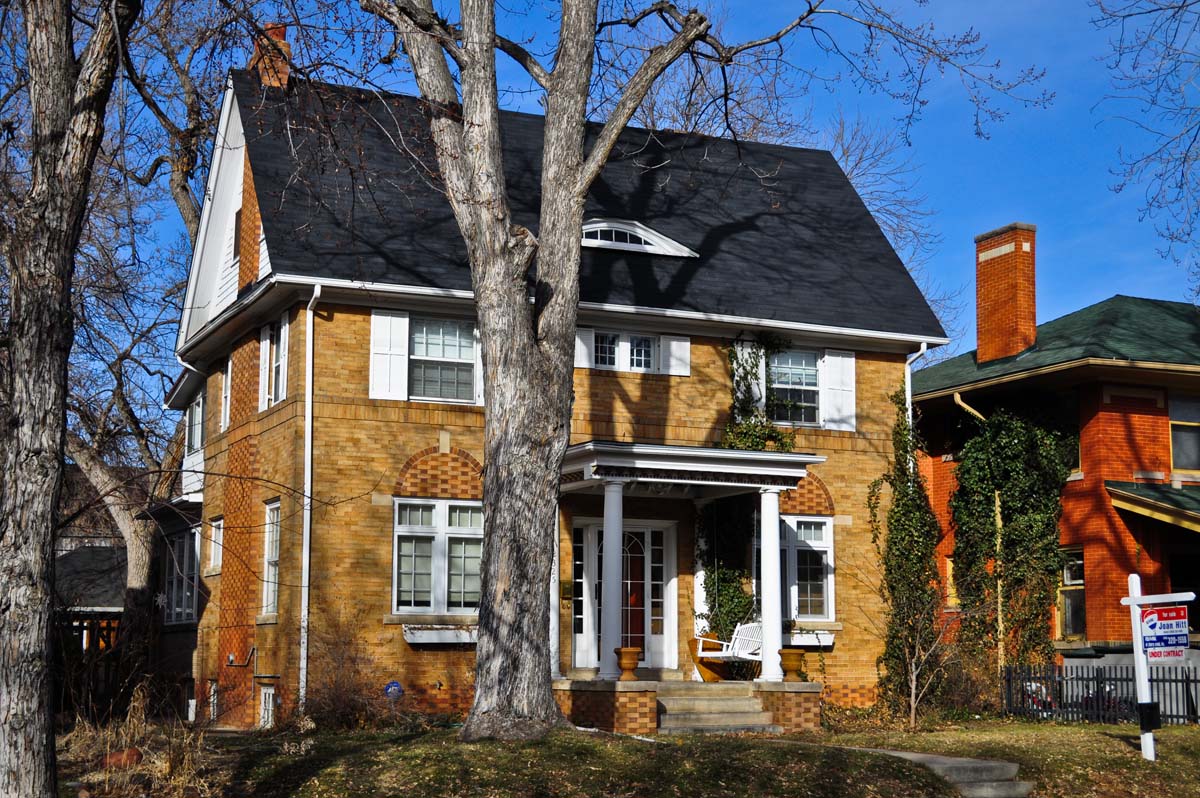
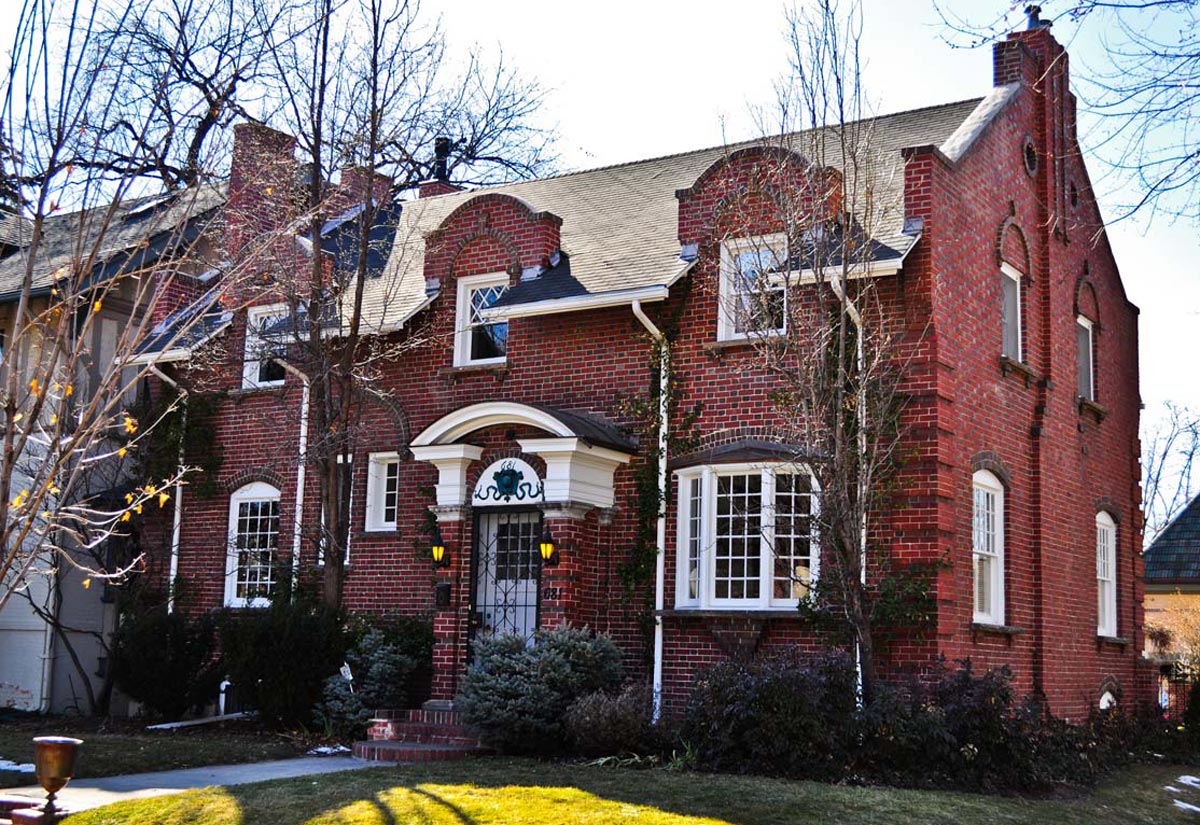
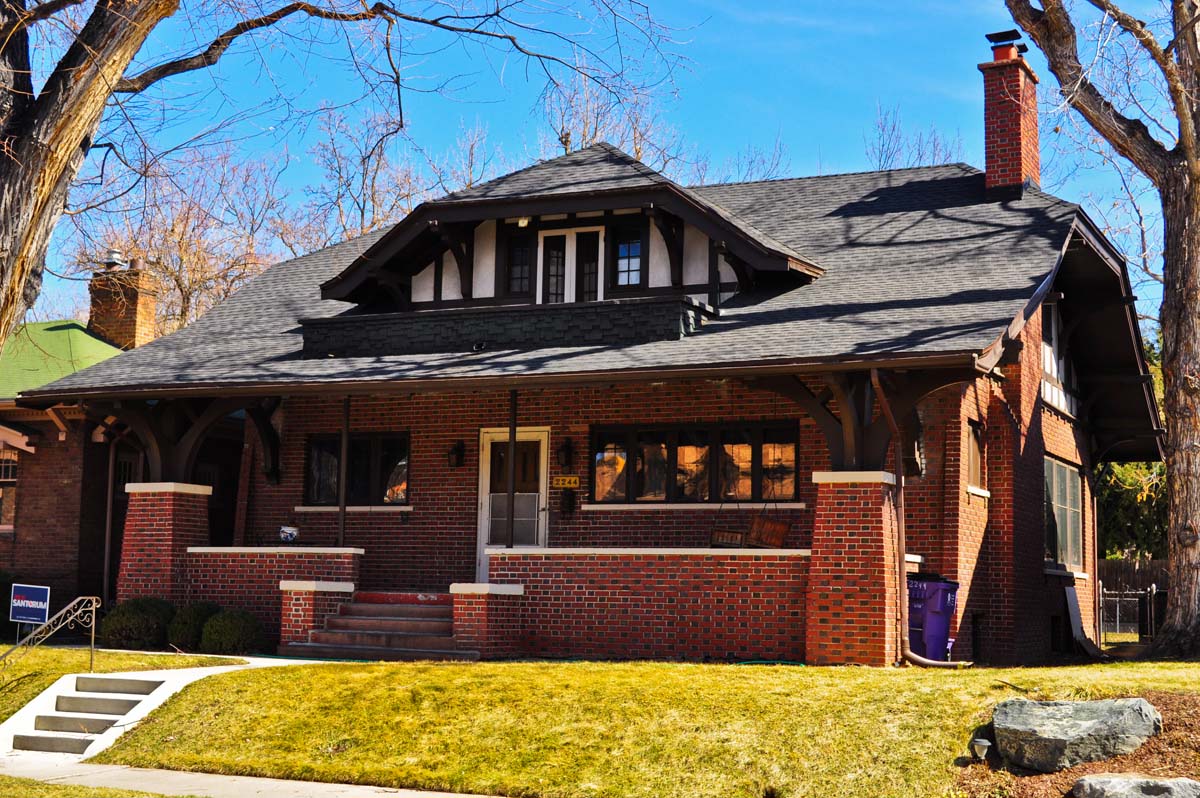






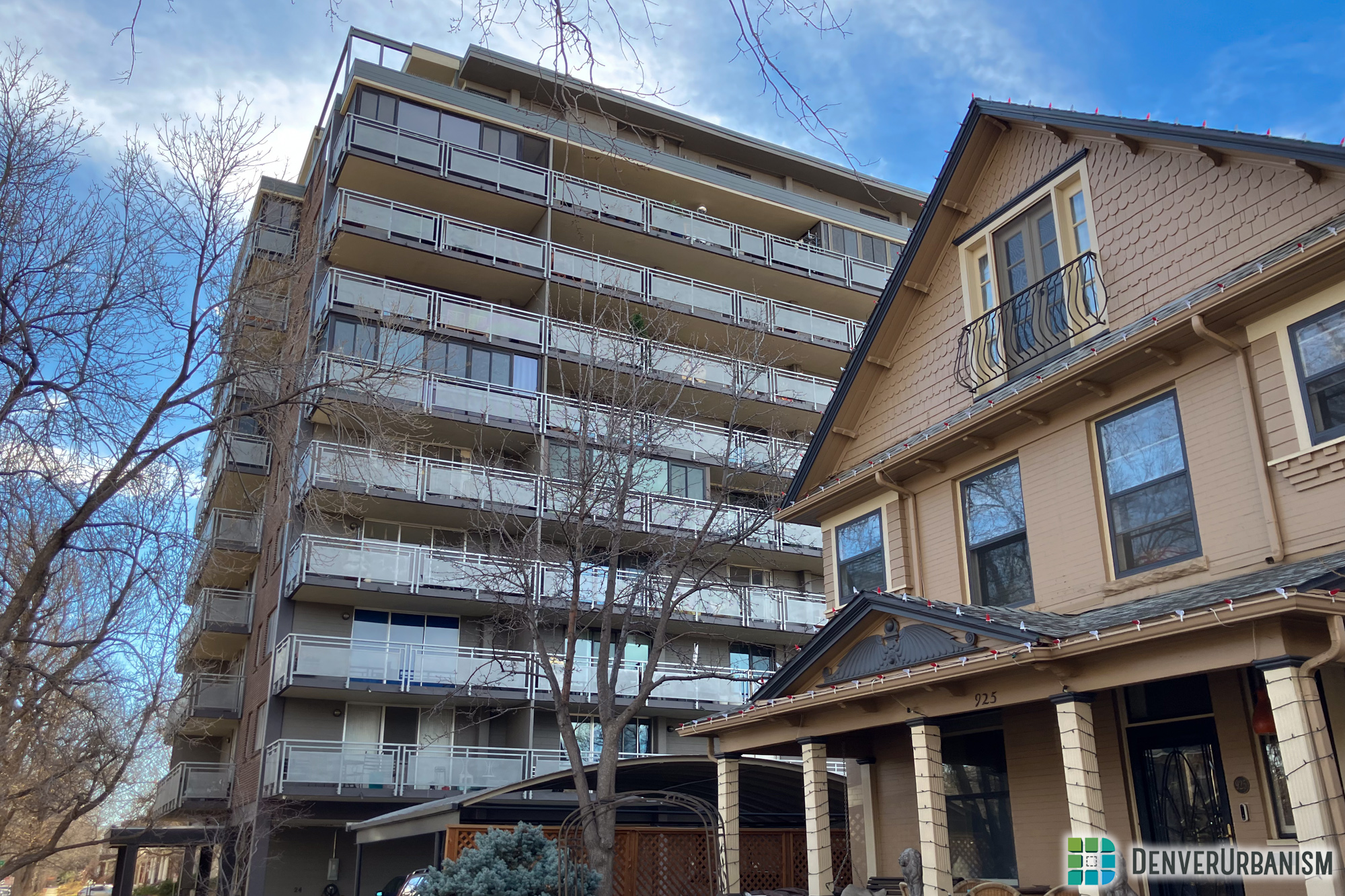








I LOVE this series.
This series is awesome!! Any chance you’ll follow it up with a series on apartment buildings? I’m particularly curious about the ‘lumpy’ facade on a few of them (examples: http://g.co/maps/42jv5 and http://g.co/maps/8dnu3).
Hey, I used to live in one of those lumpy buildings! The 2nd one. Plaza Del Sol I think it was called. But that was a long long time ago…
I would love to see a series on apartment building also. I live in one built in 1927 That has outstanding brickwork. 1302 & 1316 E. 11th. Ave. I haven’t been able to find out much about them.
That streetcar network is a site to behold. Although I’ve heard about it and enjoy the little pockets of shops that the streetcar stops left behind, I’ve never actually seen the map. I’d much rather have the streetcar network of 1917 than the current lightrail. Thanks for the map and thanks for this incredible series!